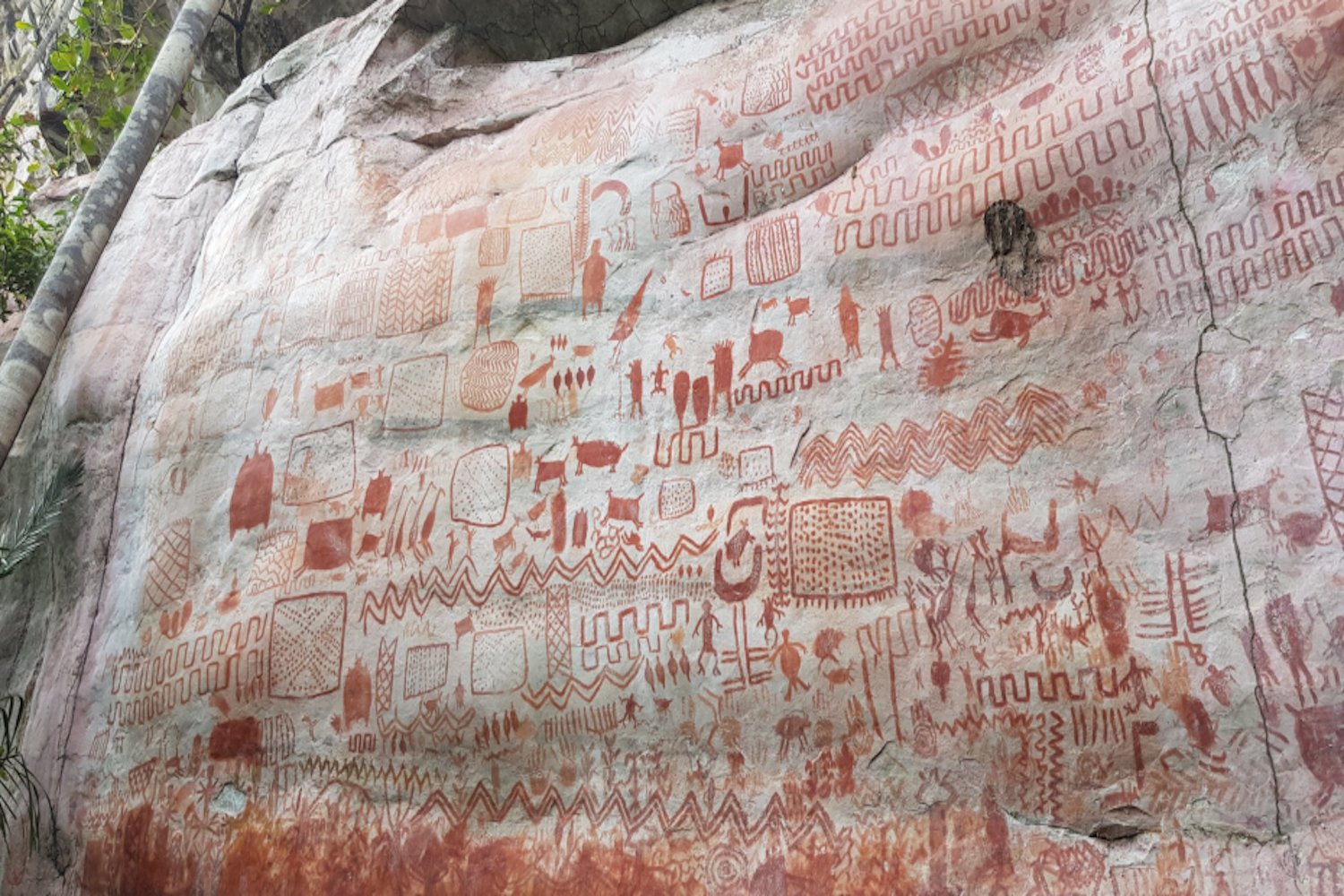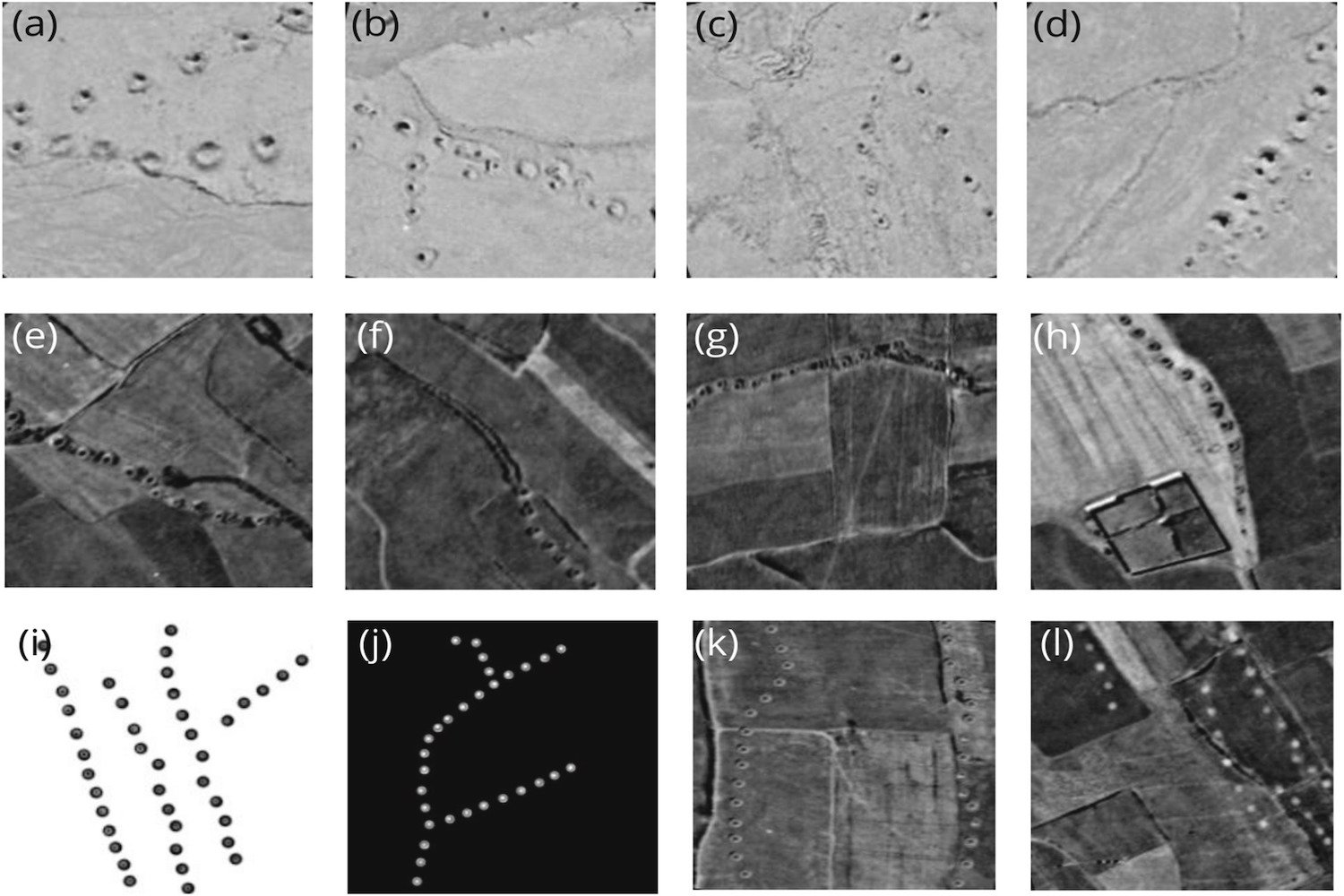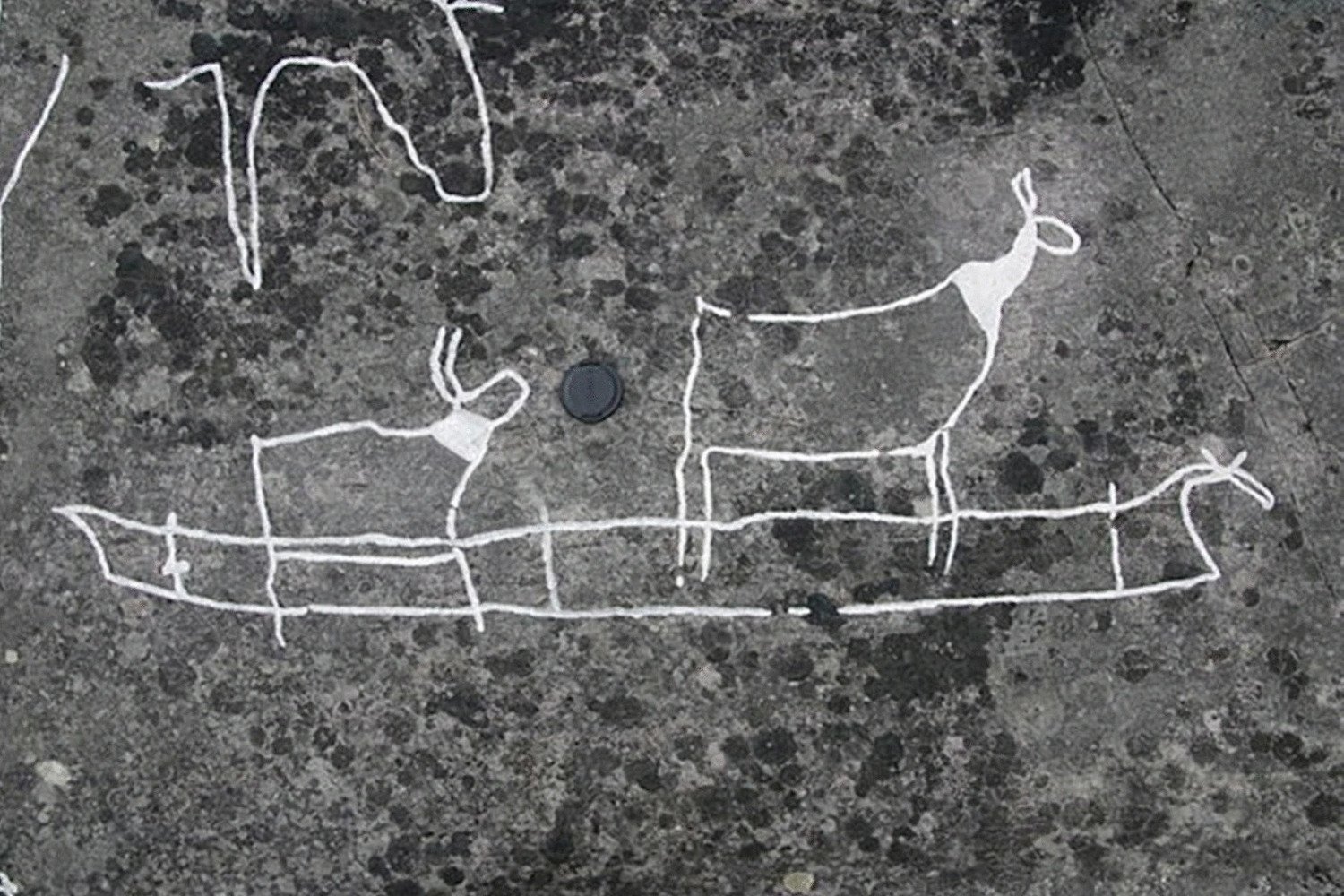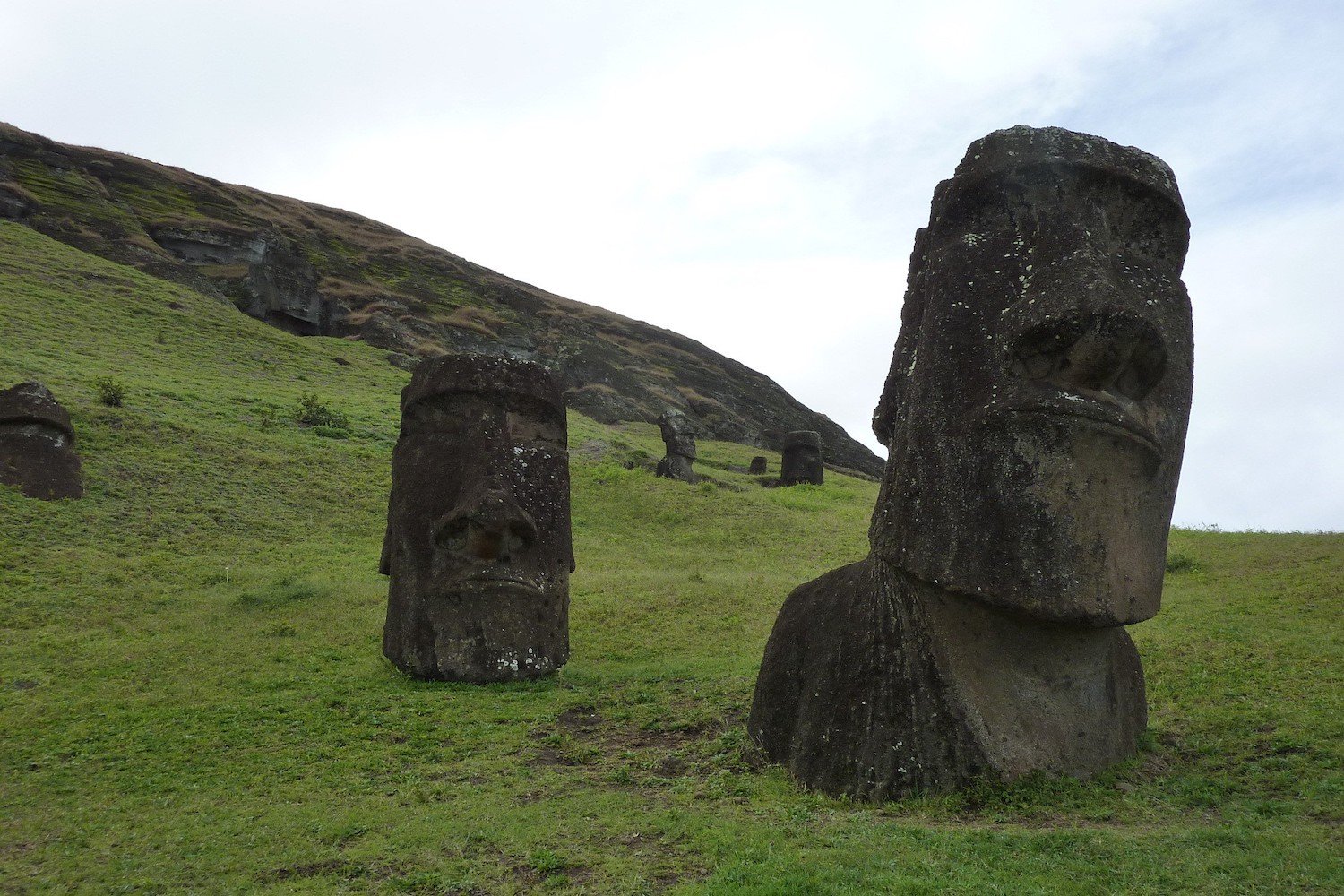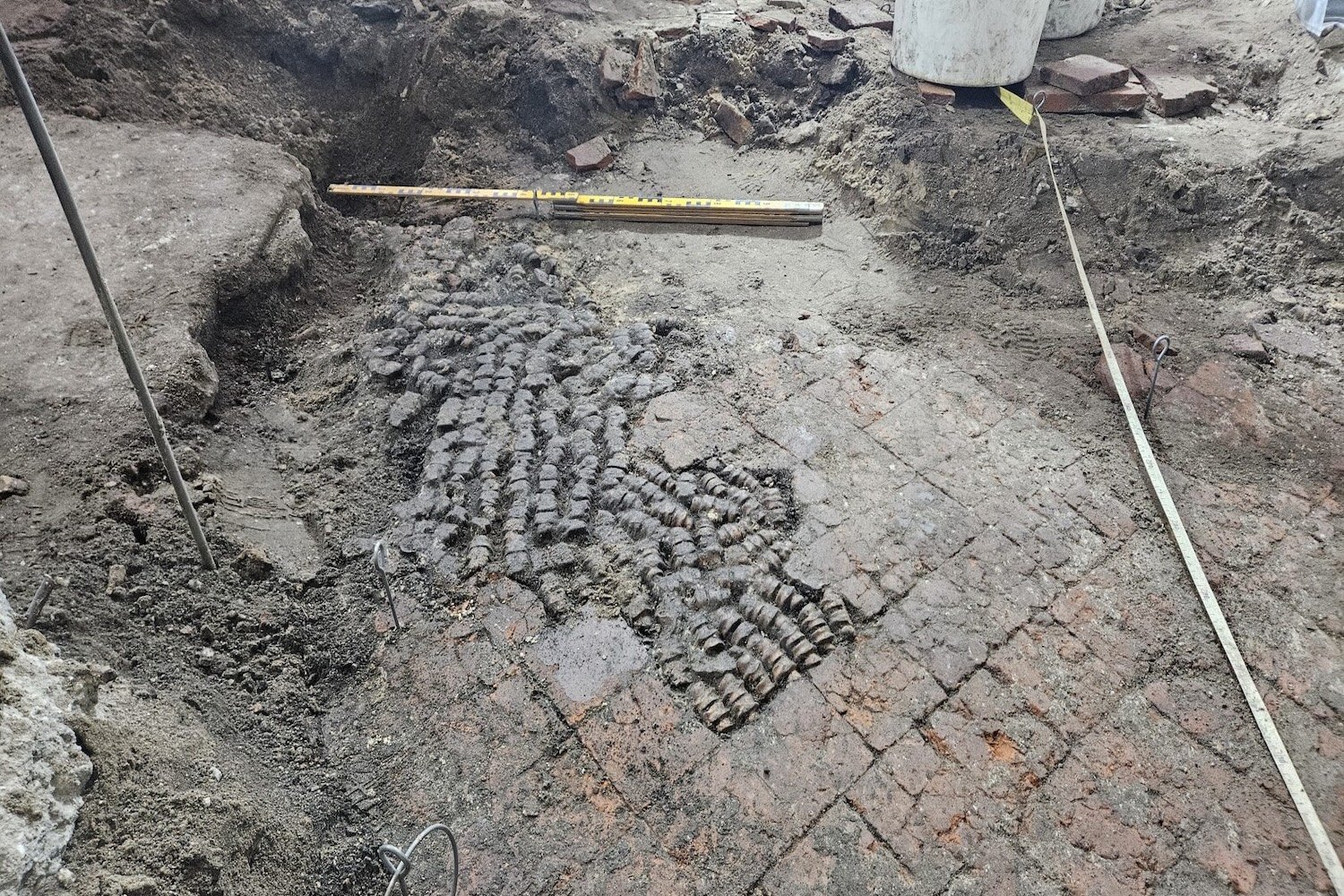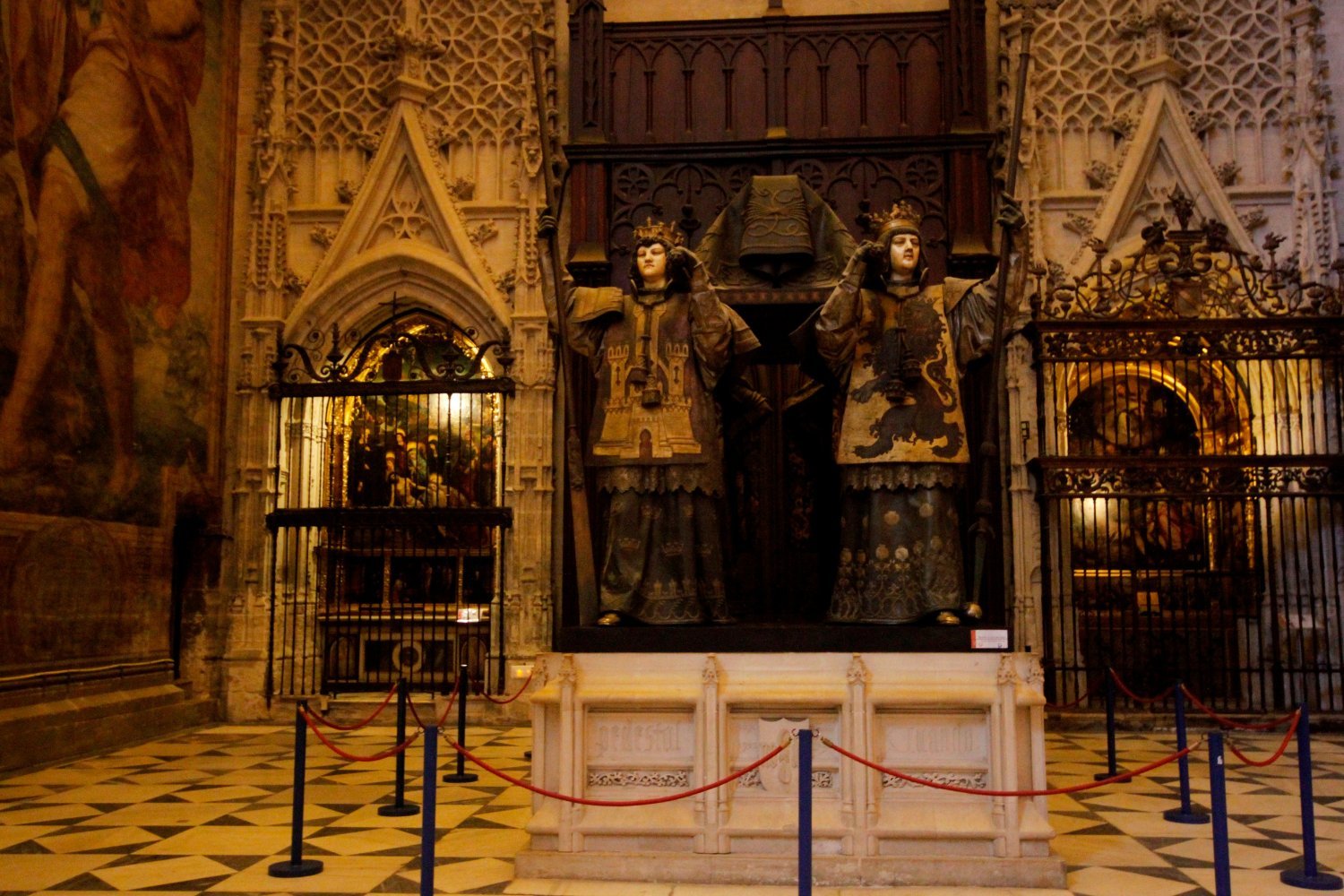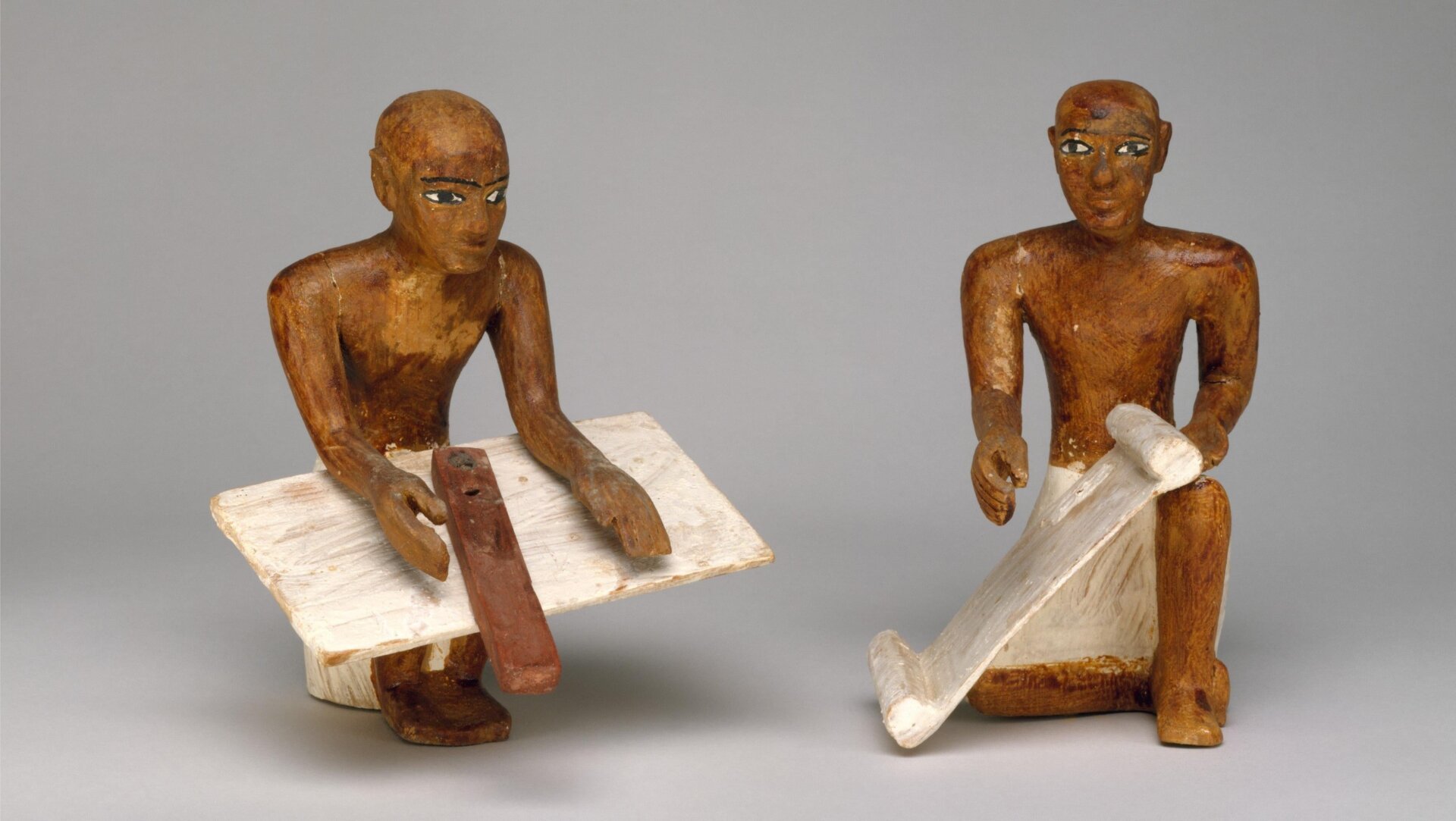Prehistoric rock paintings discovered in the Colombian Amazon offer a fascinating glimpse into the intricate relationship between humans and animals thousands of years ago. These artworks, found on the cliffs of Cerro Azul, depict a world where animals served not only as a food source but also as figures of spiritual significance.
Dating back to potentially 10,500 BC, these red ochre paintings showcase a vibrant array of Amazonian fauna, including deer, birds, lizards, turtles, and tapir. A recent study published in Quaternary International, conducted by researchers from the University of Exeter and other institutions, analyzed these drawings and compared them to archaeological remains found nearby. This research reveals a nuanced understanding of how early Amazonian inhabitants perceived the animal kingdom.
Interestingly, some prevalent animals, such as fish, are underrepresented in the artwork despite their abundance in both the natural environment and archaeological records. Similarly, felines, often imbued with spiritual meaning by indigenous tribes in the region, are notably absent.
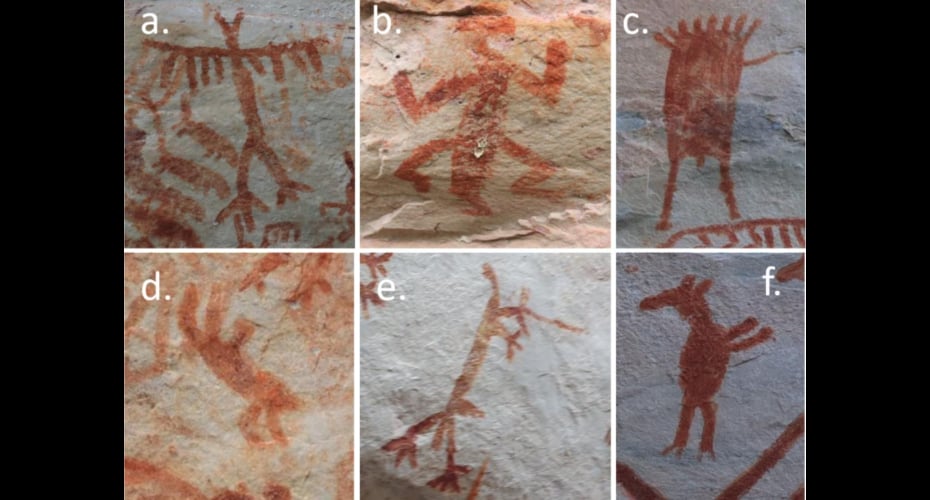 Images of Amazon wall art depicting animal-human hybrids.Some of the Cerro Azul rock art features depictions of animal-human hybrids, suggesting a complex spiritual understanding of the relationship between humans and the natural world. © University of Exeter
Images of Amazon wall art depicting animal-human hybrids.Some of the Cerro Azul rock art features depictions of animal-human hybrids, suggesting a complex spiritual understanding of the relationship between humans and the natural world. © University of Exeter
Perhaps the most intriguing aspect of the Cerro Azul art is the depiction of animal-human hybrids. While the precise meaning remains open to interpretation, these figures hint at a rich cosmological understanding. Professor Jose Iriarte of the University of Exeter, a contributor to the study, notes that these depictions “offer greater nuance to our understanding of the power of myths in indigenous communities,” shedding light on “cosmological aspects of Amazonian life, such as what is considered taboo, where power resides, and how negotiations with the supernatural were conducted” (source).
Research in this region has faced challenges due to political instability in Colombia. However, the 2016 peace accord between the government and the FARC rebels has facilitated renewed archaeological exploration, leading to the discovery of the Cerro Azul paintings in 2017. These discoveries reveal that early Amazonian societies were mobile, relying on fishing, hunting, and gathering for sustenance. The rock art, however, demonstrates that their relationship with the surrounding fauna extended beyond mere survival, encompassing a deep spiritual connection and reverence for animals as supernatural entities.
Associate Professor Mark Robinson of Exeter highlights the significance of these findings: “These rock art sites include the earliest evidence of humans in western Amazonia, dating back 12,500 years ago. As such, the art is an amazing insight into how these first settlers understood their place in the world and how they formed relationships with animals.”
The researchers caution against imposing contemporary interpretations on these ancient artworks, particularly those that diminish the sophisticated spirituality of indigenous cultures. Instead, they emphasize the importance of appreciating these paintings for their unique insights into societies that viewed the relationship between humans and nature as interconnected and reciprocal.
The Cerro Azul rock paintings serve as a powerful reminder of the enduring bond between humanity and the natural world, offering a window into the rich spiritual and cultural lives of early Amazonian inhabitants.



